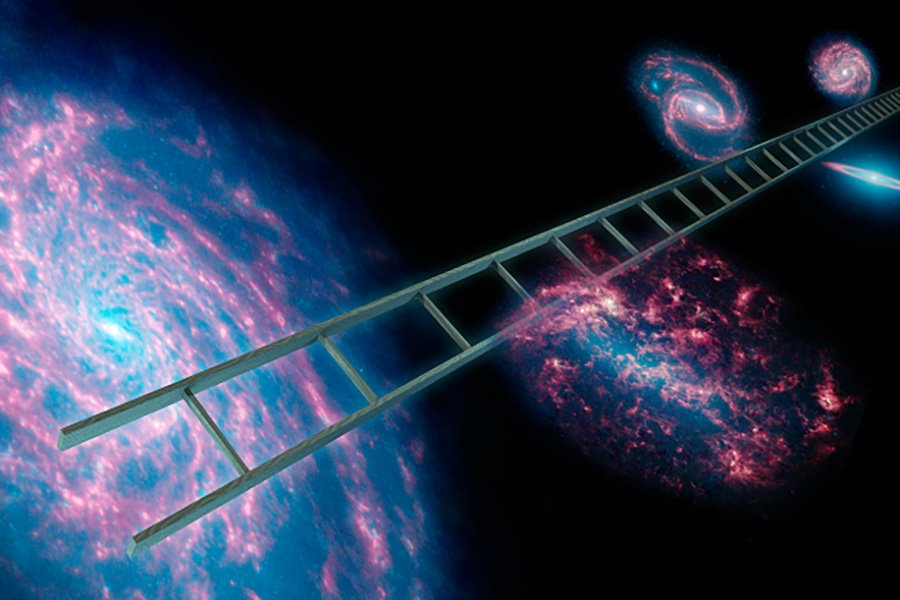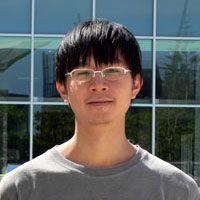
New work from the Carnegie Supernova Project, which includes Florida State University researchers, provides the best-yet calibrations for using type Ia supernovae to measure cosmic distances.
This has implications for our understanding of how fast the universe is expanding and the role dark energy may play in driving this process.
The team’s findings are published in The Astrophysical Journal.
Type Ia supernovae are fantastically bright stellar phenomena. They are violent explosions of a white dwarf — the crystalline remnant of a star that has exhausted its nuclear fuel — which is part of a binary system with another star.
In addition to being exciting to observe in their own right, type Ia supernovae are also a vital tool that astronomers use as a kind of cosmic mile marker to infer the distances of celestial objects. Astronomers use supernova light curves and how slow or fast they decline to calculate their distances. The decline rate gives the intrinsic brightness, and by comparing to the measured brightness, the distance to the supernova is obtained.
While the precise details of these types of explosions are still unknown, it is believed that they are triggered when a white dwarf approaches a critical mass, so the brightness of the phenomenon is predictable from the energy of the explosion.
Studying the supernovae using the near-infrared part of the spectrum was crucial to the development of these advanced measurement tools. The light from these explosions must travel through cosmic dust to reach our telescopes, and these fine-grained interstellar particles obscure light on the blue end of the spectrum more than they do light from the red end of the spectrum in the same manner as smoke from a forest fire makes everything appear redder.

This can trick astronomers into thinking that a supernova is farther away than it is. But working in the infrared allows astronomers to peer more clearly through this dusty veil.
“One of the Carnegie Supernova Project’s primary goals has been to provide a reliable, high-quality sample of supernovae and dependable methods for inferring their distances,” said lead author Chris Burns of the Carnegie Institute for Science.
The calibration of these mile markers is crucially important, because there are disagreements between different methods for determining the universe’s expansion rate. The Hubble constant can independently be estimated using the glow of background radiation left over from the Big Bang. This cosmic microwave background radiation has been measured with exquisite detail by the Planck satellite, and it shows astronomers a more slowly expanding universe than when measured using type Ia supernovae.
“The fact that two techniques (using type Ia supernova or cosmic microwave background) for measuring the Hubble constant gave inconsistent answers is intriguing,” said Eric Hsiao, assistant professor of physics at FSU. “Whether the discrepancy points to exciting new physics depends on our understanding of the uncertainties in these techniques. This paper represents a major step forward for the type Ia supernova technique. By including observations in the near-infrared, we minimized several sources of uncertainty. The discrepancy remains.”
The Carnegie Supernova Project is a partnership among the Carnegie Institute for Science, Texas A&M University and Florida State University. Hsiao and Professor of Physics Peter Hoeflich are the Florida State contributors.
This article also included contributions from researchers at the University of Chicago and Universidad de Chile.




